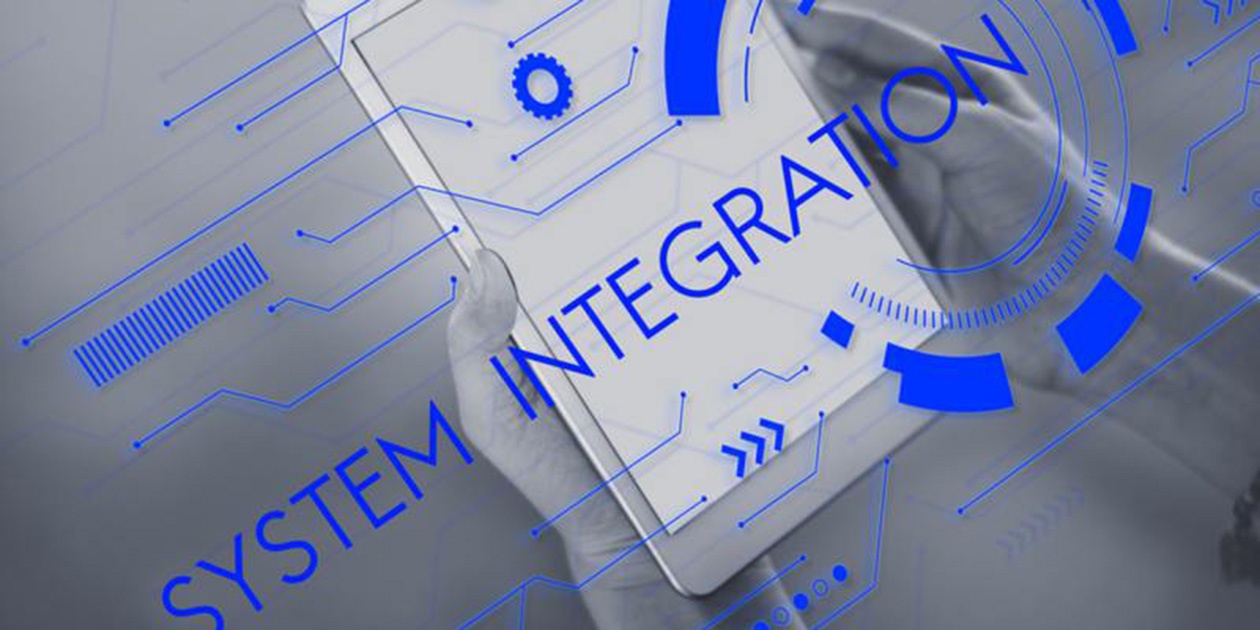
What do system integration and a road trip have in common? You need maps for both if you plan on getting anywhere. With system integration, data mapping is a crucial step to integration success.
This post addresses why data mapping is so vital, what can go wrong without data mapping, and how to start data mapping.
The Importance of Data Mapping
Go back to the metaphor of going on a road trip. When you plan a road trip, you think about where you want to go and the approximate route you would like to take; maybe you even consider which attractions you would like to see along the way. However, that differs from mapping out the exact route and knowing which roads upon which you will drive.
A system integration or enterprise application integration (EAI) project is similar in that regard. For the system integration to work, you must map out your physical and logical integration points. Physical integration points are, as the name implies, physical connections between systems. Those integration points can be cabling, network connections, and wireless connections, although the list is not limited to those items.
In the words of the Gartner Group, EAI is the "unrestricted sharing of data and business processes among any connected application or data sources in the enterprise." In order to allow systems to talk to each other they require API's or middle-ware applications to link the systems. EAI is the process of linking applications within an organization to simplify and automate business processes to the greatest extent possible.
When you know how your systems connect, you know which way data is supposed to flow. That means that your systems can communicate with one another and that they will function properly, enabling business processes to flow. Without data mapping, your systems will not talk to each other, preventing you from sharing information internally and/or externally.
Getting Started with Data Mapping
To get started with data mapping, it is helpful to understand what you will be integrating and what systems must interact with one another. Experts suggest writing a use case to spell that out.
Next, identify your physical and logical connections and your data flow so you can draw out how the connections will work together. As you draw the physical and logical connections, number them to make it easier to remember which you should connect first. Then, you will draw the data flows (which you must also number, so you know which to prioritize). Your final step is to create a list of the priority of connections and data flows, so your integration will work properly.
No One Has to Map Alone
Traveling on the system integration highway becomes a much smoother journey when you have mapped out your destination. However, if the process of data mapping seems like the chore you do not want to solo, that is okay. Remedi can help. Our highly trained integration professionals can provide the support you need for data mapping and the rest of the integration process. To learn more about how Remedi can both map and smooth your system integration road, contact us today!


